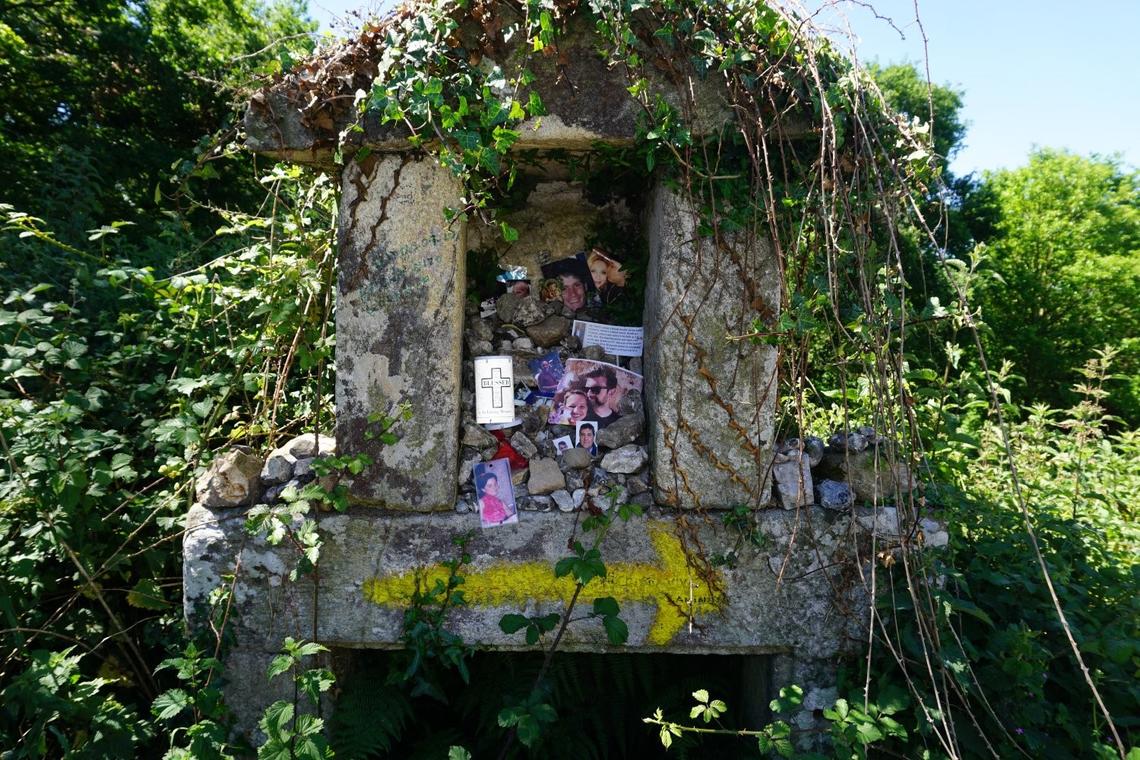June 19, 2020
Cataloging EPESCs on Spain’s Camino de Santiago

Last year, undergraduate student Ally Jokl won a Program for Undergraduate Research Experience (P.U.R.E) Award for her project “Evolving Pilgrim Erected Spontaneous Constructions on Spain’s Camino de Santiago” supervised by Dr. Rachel Schmidt.
Modern pilgrims spontaneously build creative structures along their path. Other pilgrims alter the structures after their initial creation. These Evolving Pilgrim Erected Spontaneous Constructions (EPESCs) range from simple cairns to complicated mazes made from rocks and grasses. Jokl conducted fieldwork on the pilgrimage to collect data and she developed a database that serves as the first formal documentation of the EPESCs. Entries in the database show that EPESCs include not only natural and local materials, but also national flags, pins, ribbons, personal photos, and other personal items.
Jokl will present her work next year at a session about pilgrimage at the Annual Congress of the Canadian Association of Hispanists. An initial conclusion is that EPESCs are antithetical to monuments, and Jokl will develop this idea further. She will continue to work on the project this summer, with plans to refine the website and incorporate a clickable map to show the locations of each EPESC. In the future, she hopes to incorporate crowd sourced data submission to create an expanding resource that incorporates this aspect of pilgrimage studies into the digital humanities.
For more information about the project, go to www.epesc.org, and check out the project on Twitter and Instagram @EPESCCamino.

An example of an EPESC in Galicia that includes rocks, personal photos, a candle, and messages left by pilgrims
Ally Jokl
